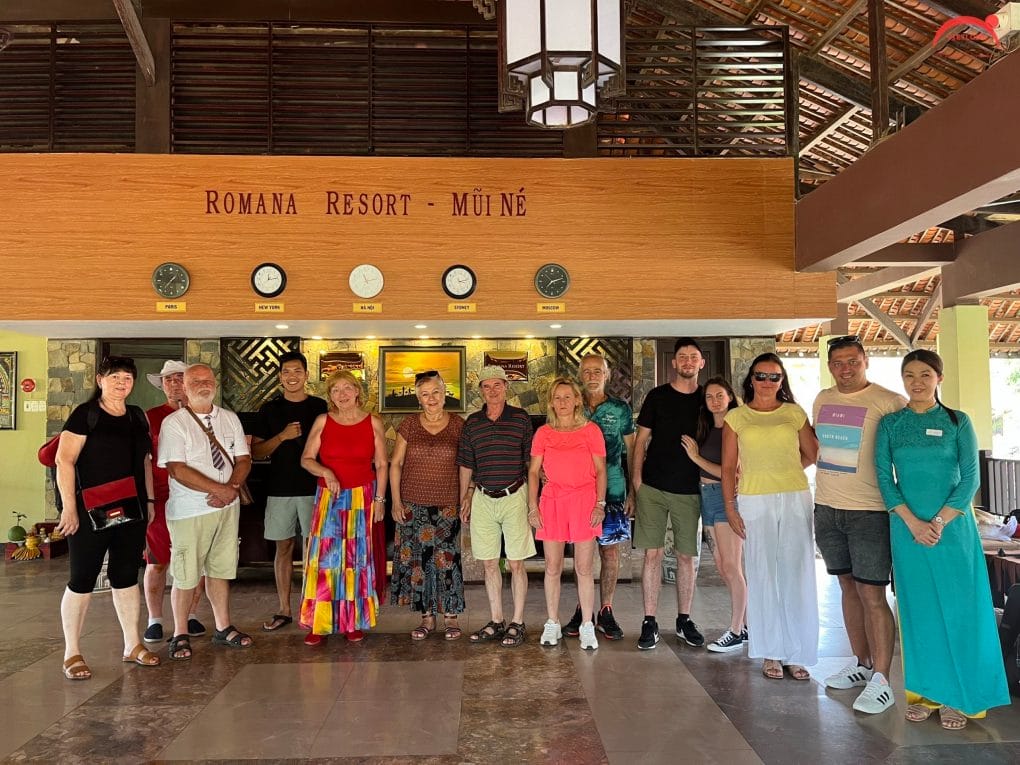THE KONBAUNG DYNASTY IN MYANMAR
Soon after the fall of Ava in 1752, a new dynasty rose in Shwebo to challenge the power of Hanthawaddy. Over the next 70 years, the highly militaristic Konbaung dynasty went on to create the largest Burmese empire, second only to the empire of Bayinnaung. By 1758, King Alaungpaya’s Konbaung forces had reunited all of Burma (and Manipur), extinguished the Mon-led Hanthawaddy dynasty once and for all, and driven out the European powers who provided arms to Hanthawaddy—the French from Thanlyin and the English from Negrais.
From 1759 to 1776, Burma and Siam were involved in continuous warfare. In 1760, Alaungpaya captured the Tenasserim coast. King Hsinbyushin sacked Ayutthaya in 1767, and successfully defended against China’s invasions between 1765 and 1770. The Siamese used the Burmese preoccupation with China to recover their lost territories by 1770, and in addition, went on to capture Lan Na in 1776, ending over two centuries of Burmese suzerainty over the region. Burma and Siam went to war again in 1785-1787, 1792–1793, 1804, 1808 and 1852-1854 but all resulted in a stalemate. After decades of war, the two countries essentially exchanged Tenasserim and Lan Na.
With a powerful China in the northeast and a resurgent Siam in the southeast, King Bodawpaya turned westward for expansion. He conquered Arakan in 1784, annexed Manipur in 1813, and captured Assam in 1817-1819, leading to a long ill-defined border with British India. Bodawpaya’s successor King Bagyidaw was left to put down British instigated rebellions in Manipur in 1819 and Assam in 1821-1822. Cross-border raids by rebels from the British protected territories and counter-cross-border raids by the Burmese led to the First Anglo-Burmese War (1824–1826).
The longest and most expensive war in British Indian history ended in a decisive British victory. Burma ceded all of Bodawpaya’s western acquisitions (Arakan, Manipur and Assam) plus Tenasserim. Burma was crushed for years by repaying a large indemnity of one million pounds (then US$5 million). In 1852, the British unilaterally and easily seized the Pegu province in the Second Anglo-Burmese War. After the war, King Mindon tried to modernize the Burmese state and economy, and made trade and territorial concessions to stave off further British encroachments, including ceding the Karenni States to the British in 1875. Nonetheless, the British, alarmed by the consolidation of French Indo-China, annexed the remainder of the country in the Third Anglo-Burmese War in 1885, and sent the last Burmese king Thibaw and his family to exile in India.






